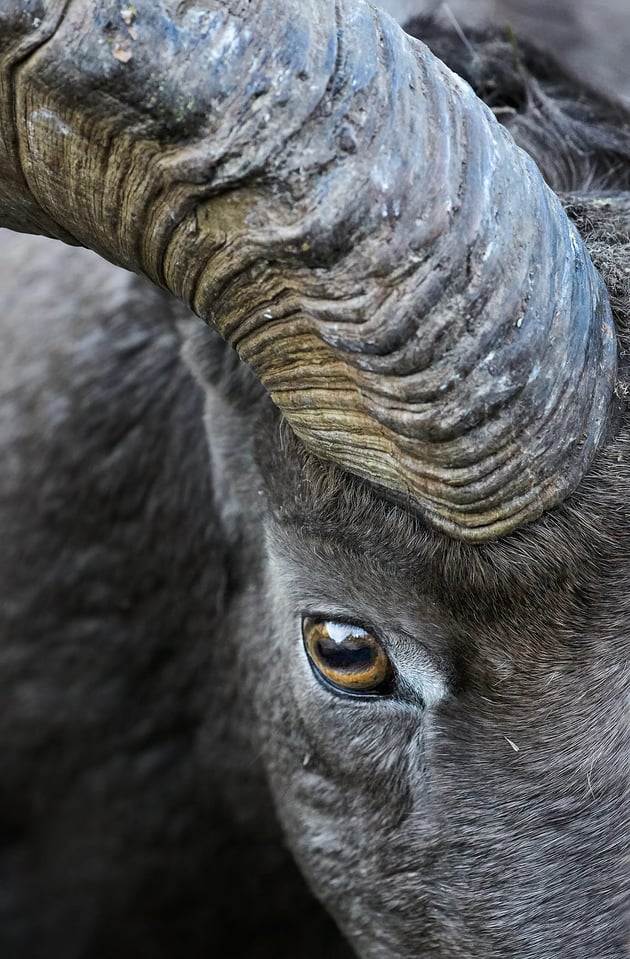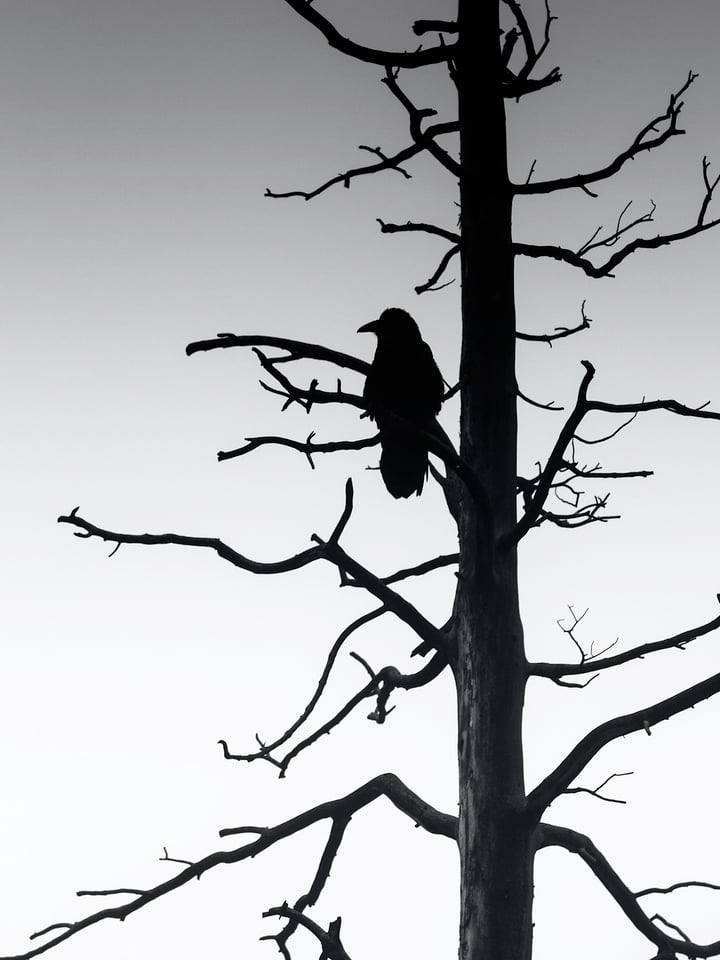Photographic Focus: Black Bears, Coyote, Bighorn Sheep, Red Fox, Mule Deer, Owls, Birds
Best Time: Early Morning and Afternoon
Season: Spring, Summer, Fall
Cutting through eastern Yellowstone like a spinal cord, the mountains that form the Washburn range are imposing. Steeps slopes and mountain meadows give way to jagged cliffs as the mountains reach a height of over 3000 meters. It is on these slopes where alpine meadows mix with Northern Temperate Coniferous Forest’s to form a diverse range of biomes that hide some of Yellowstone’s most enigmatic creatures. The road from Canyon to Tower Junction goes through forests that are mainly composed of Lodgepole Pines. A fire-dependent species which requires wildfires to maintain a healthy population. While at first it may seem like a contradiction given that the fires burn the pines, the trees use the heat from the fires to open their cones and release the seeds tucked inside.


The heart of the journey is at Mt. Washburn. The imposing mountain is situated at the crossroads, with its southern soles heading towards Canyon and its northern face looking towards Tower and Lamar. The peak can be reached by a relatively easy-going trail which often yields a good number of Bighorn Sheep.

Below the peak and at the base of the trailhead is the famous Dunraven Pass. The pass itself has an elevation of 2700 meters and offers splendid views of greater Yellowstone.

The slopes of Mt. Washburn are famous for their vast swathes of burnt forests. Here, the fires have completely reshaped the landscape and in the right light or with a little fog, the area takes on a uniquely haunted atmosphere.


Thankfully, most of the forest’s that surround the road from Canyon to Tower Junction are still very much alive. Their density and thick foliage make finding wildlife difficult, especially because we are limited to the road but those with a keen eye and some luck will be rewarded.

With a pattern resembling tree bark, Dusky Grouse are perfectly adapted to these forests. They are often found in small groups on the side of the road, both on the ground and in the trees. Once spotted, these leery grouse will often fly into the trees and freeze in place hoping that you haven’t spotted them.
While it’s camouflage is perfect at fooling would be photographers, it serves an important purpose in the birds survival for it hides them from one of the more formidable birds of prey in the park: The Great Horned Owl.


Famous for it’s “horns” or what are really ear tufts, the Great Horned Owl is the second largest owl species in the United States. Due to their large size, these owls have an almost unmatched variability of species on which they prey upon and this allowed them to become one of the most successful predators in the Americas.

Canon EOS 5D Mark III + EF100-400mm f/4.5-5.6L IS II USM +1.4x III @ 560mm, ISO 3200, 1/320, f/13.0
Highly prized by photographers in the park, the Great Grey Owl is another species of owl which calls the dense conifer forests it’s home. This species of owl prefers to live in secluded coniferous forests on the edge of clearings which they haunt during the night as they search for small rodents. The Great Grey Owl is notorious for being difficult to find and some years only a few lucky visitors will catch a glimpse of the species. A good place to look for them is the Canyon Junction area where the mix of trees and grassy clearings offer a perfect habitat for the species.
The clearing between the dense forests are often great places to find wildlife, especially areas like Floating Island Lake or Petrified Tree where luck might reveal Black Bears, Coyote and Red Fox. Black Bears are especially good on this road during the summer months.




Table of Contents